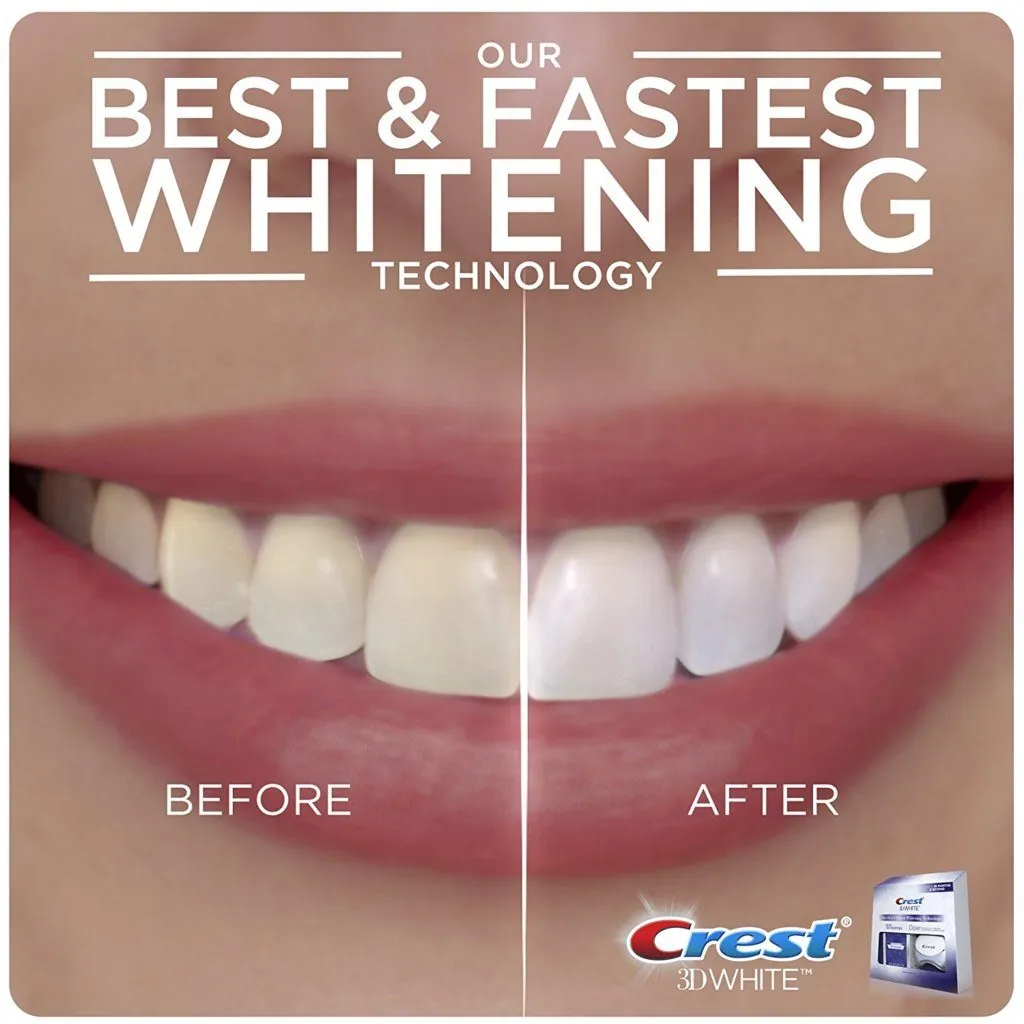Teeth Whitening Light vs Strips Overview
Choosing between teeth whitening light and strips can feel overwhelming with the variety of options available. Both methods aim to brighten your smile, but they differ significantly in how they work, their effectiveness, and their cost. This comprehensive guide will break down the key differences between teeth whitening light treatments and teeth whitening strips to help you make an informed decision. Understanding the benefits, drawbacks, and practical considerations of each method is essential to achieving the radiant smile you desire. We’ll delve into the science behind each approach, exploring their mechanisms of action and the factors that influence their success. By comparing their effectiveness, cost, convenience, and potential side effects, you can find the best option for your unique needs and preferences.
What is Teeth Whitening Light?
Teeth whitening light treatments, often performed in a dentist’s office, involve applying a bleaching agent (usually a high-concentration hydrogen peroxide gel) to the teeth and then shining a special light on them. This light, typically a blue LED or laser, activates the bleaching agent, accelerating the whitening process. The light helps to break down the stains and discoloration on the tooth enamel. While some at-home kits also include a light, the intensity and effectiveness are usually lower compared to professional treatments. This method is designed to provide more dramatic and faster results. Teeth whitening light treatments are a popular choice for those seeking a significant improvement in the brightness of their teeth, particularly when dealing with stubborn stains or discoloration.
How Teeth Whitening Light Works
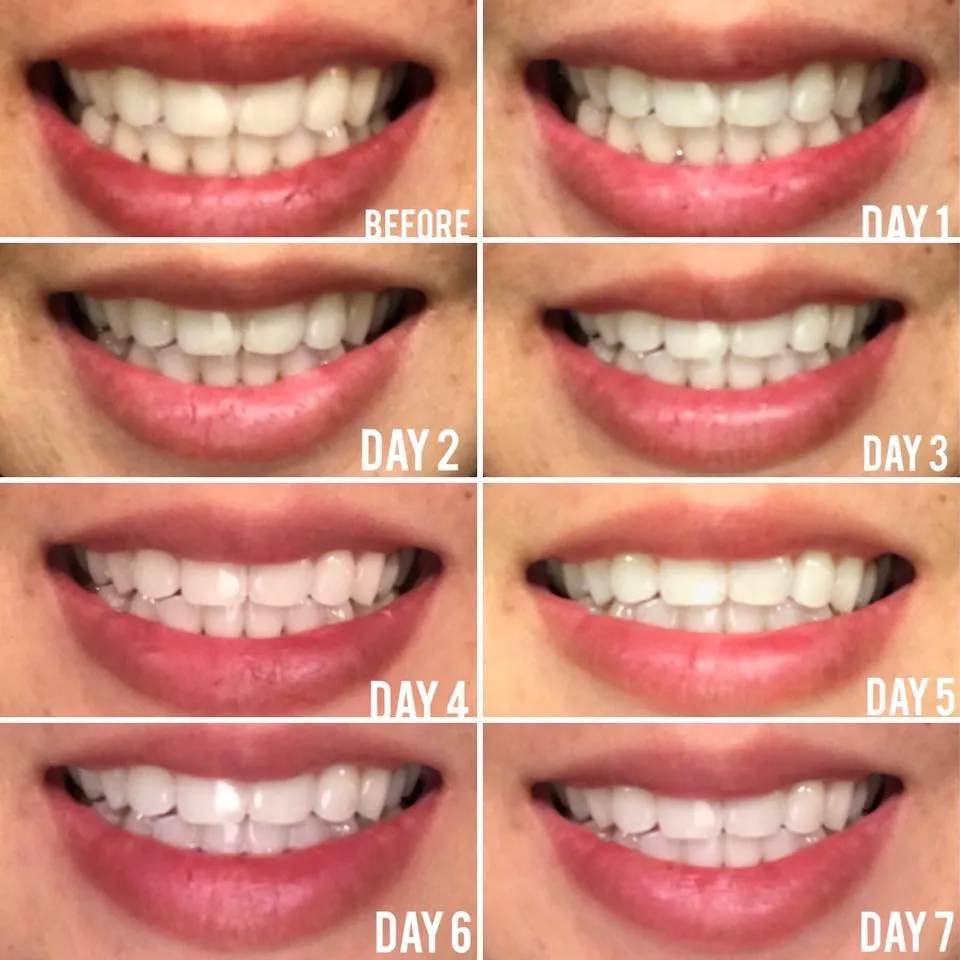
The process behind teeth whitening light treatments is multifaceted. Initially, the dentist or dental professional carefully cleans the teeth to remove any surface debris. Then, the high-concentration bleaching agent is applied. The blue light emitted by the light source catalyzes the breakdown of the hydrogen peroxide, releasing oxygen molecules. These oxygen molecules penetrate the enamel and dentin, reacting with the stain molecules and breaking them down. This process effectively lightens the teeth. The light itself doesn’t directly whiten the teeth, but rather acts as a catalyst to speed up the chemical reaction. The entire procedure is generally completed within an hour, making it a relatively quick way to achieve noticeable results. It is essential to follow post-treatment care instructions to maximize and maintain the whitening effects.
Benefits of Teeth Whitening Light
Teeth whitening light treatments offer several advantages. One primary benefit is the speed at which results are achieved. Professional treatments can provide a significant change in tooth shade in a single session. The high concentration of the bleaching agent, combined with the activating light, allows for deeper penetration and more thorough stain removal, tackling both intrinsic and extrinsic stains. These treatments are administered by dental professionals, ensuring a safer and more controlled environment. This also minimizes the risk of gum irritation or sensitivity, as the dentist can carefully monitor the process and adjust the treatment as needed. The results often last longer compared to at-home methods, especially when combined with good oral hygiene practices. The convenience of having the treatment done in a single visit is another significant benefit for busy individuals.
What are Teeth Whitening Strips?
Teeth whitening strips are a popular at-home method for whitening teeth. They are thin, flexible strips coated with a bleaching agent, typically hydrogen peroxide or carbamide peroxide. These strips are designed to be applied directly to the teeth, adhering to the enamel and delivering the whitening agent. They are easy to use and readily available over-the-counter, making them a convenient option for many individuals. The strips come in various formulations, with different concentrations of the active ingredient and varying treatment durations. They provide a more gradual whitening effect compared to in-office light treatments. While they may not achieve the same dramatic results, they can still effectively reduce surface stains and improve the overall brightness of your smile.
How Teeth Whitening Strips Work

Teeth whitening strips work by adhering to the surface of the teeth and delivering a controlled dose of bleaching agent. The active ingredient, typically hydrogen peroxide or carbamide peroxide, penetrates the enamel and breaks down the stain molecules. The strips are designed to be applied for a specific amount of time, as indicated in the product instructions, often twice a day for a few weeks. The bleaching agent oxidizes the stain molecules, effectively lightening the teeth. The gradual release of the bleaching agent minimizes the risk of sensitivity compared to some higher-concentration treatments. The effectiveness of the strips depends on the concentration of the active ingredient, the duration of use, and the individual’s tooth structure and the type of stains present. Consistent use, as per the product instructions, is key to achieving the desired results.
Benefits of Teeth Whitening Strips
Teeth whitening strips offer several advantages, primarily their convenience and accessibility. They are readily available over-the-counter, eliminating the need for a dental appointment. The ease of use makes them a popular choice for at-home whitening. They are relatively affordable compared to professional treatments. The gradual whitening process reduces the risk of significant tooth sensitivity. Strips fit snugly on the teeth, ensuring that the bleaching agent makes consistent contact with the enamel surface. They are a practical solution for maintaining a brighter smile and can be incorporated into a daily oral hygiene routine. The ability to whiten teeth on your schedule is another benefit, especially for those with busy lifestyles.
Teeth Whitening Light vs Strips Effectiveness
The effectiveness of teeth whitening light treatments and strips varies, primarily due to the concentration of the bleaching agents and the methods of application. Professional teeth whitening light treatments, using a high concentration of hydrogen peroxide and an activating light, typically provide the most dramatic and immediate results. They can often lighten teeth several shades in a single session. Teeth whitening strips, containing a lower concentration of bleaching agent, offer more gradual and subtle results. They may require several weeks of consistent use to achieve the desired level of whitening. The effectiveness of both methods also depends on the type and severity of the stains, the individual’s oral hygiene, and the natural shade of their teeth.
Factors Affecting Whitening Results
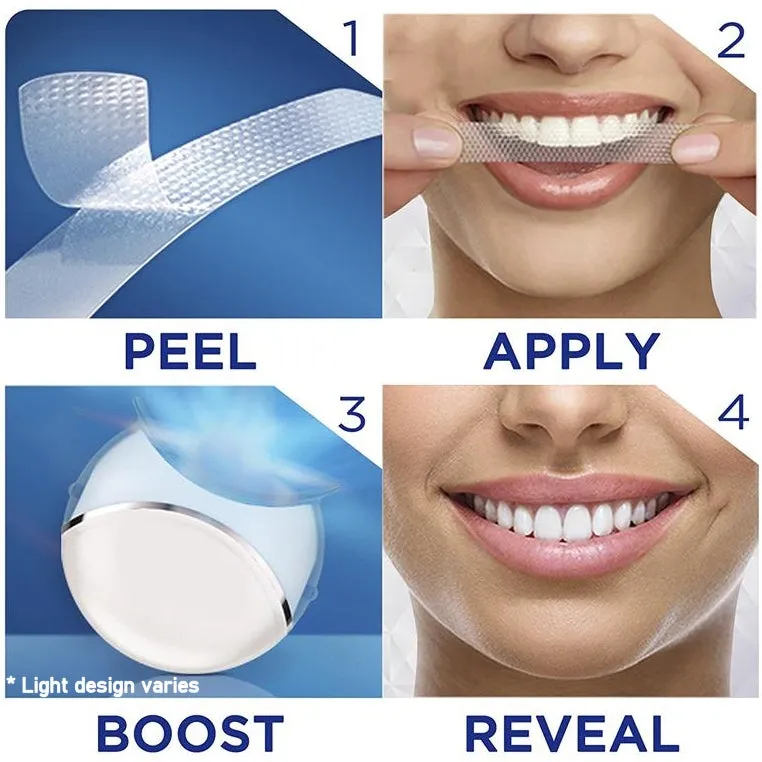
Several factors affect the results of both teeth whitening light treatments and strips. The type and severity of the stains play a significant role; surface stains (extrinsic) caused by coffee, tea, and tobacco are generally easier to remove than intrinsic stains within the tooth structure. The natural color of the teeth also influences the outcome, as some individuals have teeth that whiten more readily than others. Compliance with the treatment instructions is crucial, whether it’s attending all professional sessions or using strips as directed. Oral hygiene habits, including regular brushing, flossing, and professional cleanings, can enhance and maintain the whitening effects. Individuals with sensitive teeth may experience discomfort during the treatment, potentially affecting their ability to complete the whitening process. Lifestyle choices, such as diet and smoking habits, can also affect how long the whitening results last.
Teeth Whitening Light vs Strips Cost Comparison
The cost of teeth whitening light treatments and strips varies significantly. Professional teeth whitening light treatments are generally more expensive due to the expertise of the dental professional, the use of high-concentration bleaching agents, and the advanced technology involved. The price can range widely depending on the location and the specific dental practice. Teeth whitening strips are a more budget-friendly option. They are readily available over-the-counter, with prices varying based on the brand and the number of strips in the package. The cost-effectiveness of each method also depends on the individual’s whitening goals and the duration of the treatment. While the initial cost of professional treatments is higher, the results may be more dramatic and last longer, potentially offsetting the initial investment.
Cost of Teeth Whitening Light Treatments
The cost of teeth whitening light treatments varies. Factors influencing the price include the dentist’s location, the type of whitening system used, and the number of sessions required. Professional teeth whitening can range from a few hundred dollars to over a thousand dollars. Many dental practices offer financing options or payment plans to make the treatment more affordable. While the initial cost may seem high, the immediate and dramatic results can make it a worthwhile investment. Consider consulting multiple dental practices and comparing their pricing and the services included in the treatment. It’s important to factor in any potential follow-up treatments or maintenance costs to assess the overall expense. Check for any promotional offers or discounts that could reduce the cost of the treatment.
Cost of Teeth Whitening Strips
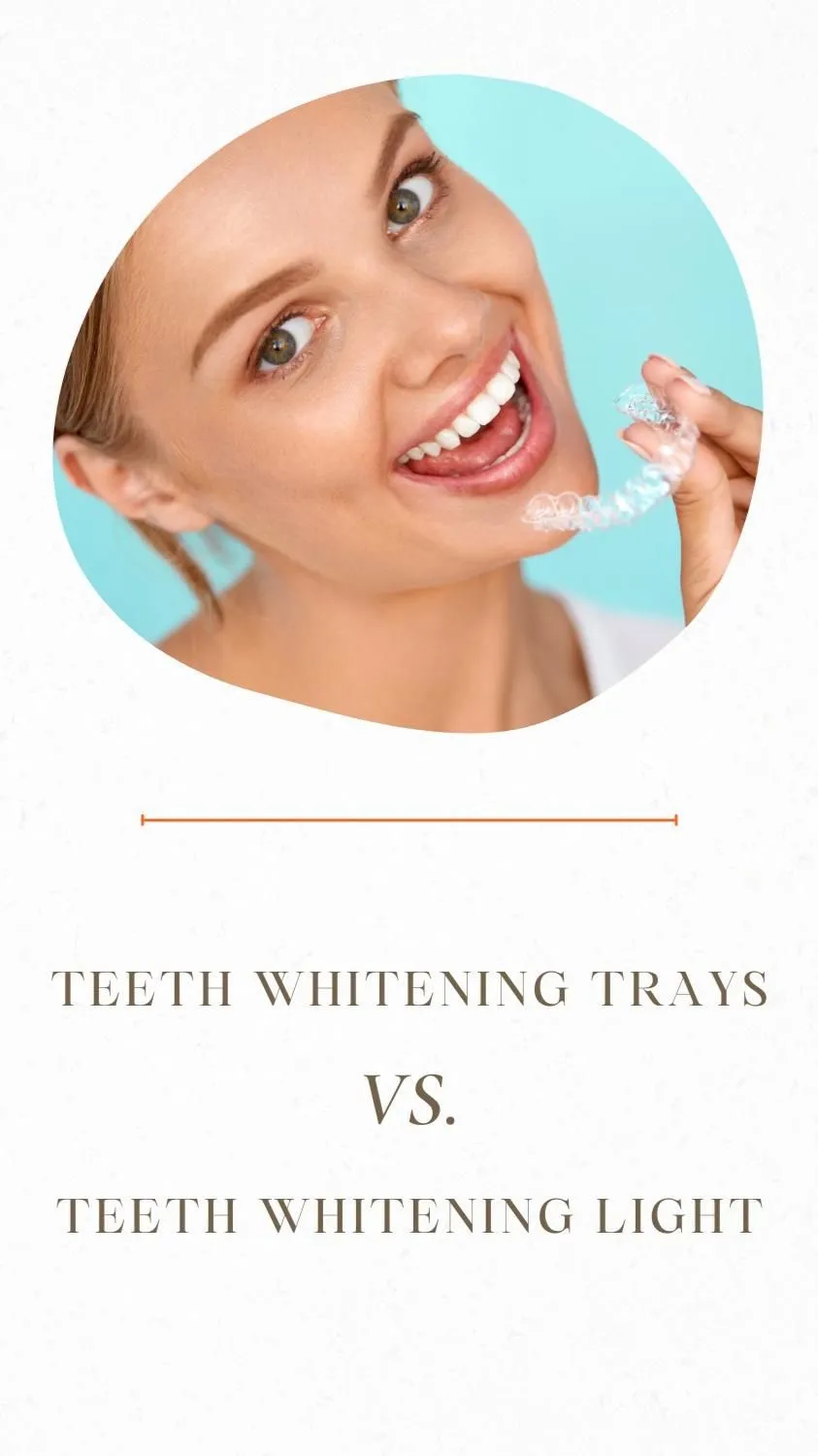
Teeth whitening strips are a more economical option compared to professional treatments. The cost typically ranges from $20 to $60 per box, depending on the brand and the number of strips included. The price is affected by factors such as the concentration of the active ingredient, the duration of the treatment, and any added features, such as enamel-strengthening ingredients. Retailers often offer sales and promotions, making the strips even more affordable. The cost per treatment cycle is relatively low, making it a practical choice for those looking to whiten their teeth on a budget. When considering the cost, factor in the need for multiple boxes of strips to achieve the desired results and the cost of any additional oral care products, like sensitivity toothpaste.
Teeth Whitening Light vs Strips Convenience and Ease of Use
Convenience and ease of use are key considerations when choosing between teeth whitening light and strips. Professional teeth whitening light treatments are performed in a dentist’s office and require scheduling appointments. The entire process, from the initial consultation to the completion of the whitening session, can take several hours. Teeth whitening strips offer unparalleled convenience. They can be used at home at any time, fitting easily into your daily routine. The ease of application makes them accessible to anyone, without any special training or assistance. The time commitment varies depending on the specific product, but typically, strips need to be worn for 30 minutes to an hour each day.
Using Teeth Whitening Light at Home
At-home teeth whitening light kits are available, combining a bleaching agent with a light device. The process involves applying the gel to the teeth and then using the light to activate it. While convenient, these kits are generally less potent than professional treatments. The results may not be as dramatic or long-lasting. The effectiveness of these kits depends on the concentration of the bleaching agent, the type of light used, and the individual’s compliance with the instructions. It’s essential to follow the manufacturer’s instructions carefully to avoid any potential side effects or risks. It’s also important to be aware that the light devices in these kits are typically not as powerful as the ones used by dental professionals. The results may be more subtle and take longer to achieve.
Using Teeth Whitening Strips
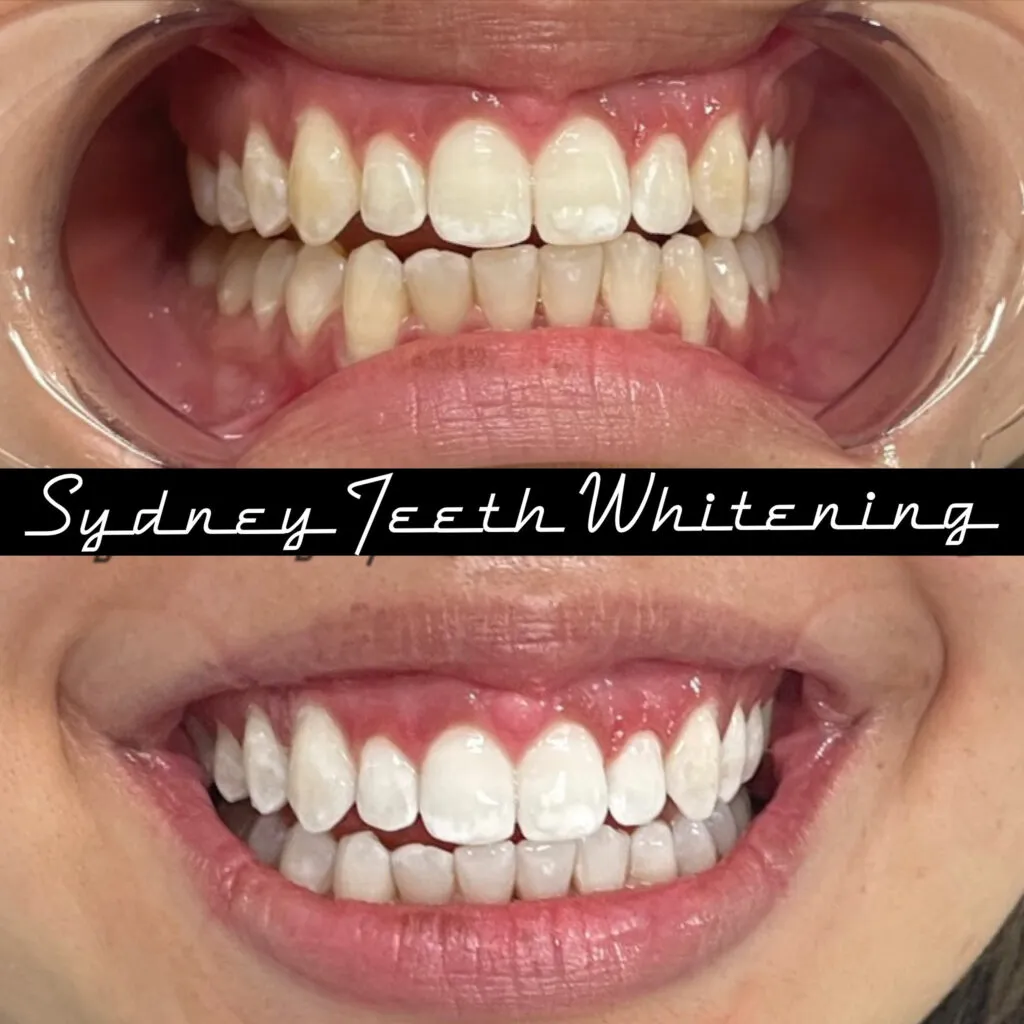
Using teeth whitening strips is straightforward. First, brush and floss your teeth to remove any debris. Then, peel the strips from their backing and apply them to your teeth, aligning them with the gum line. Gently press the strips to ensure they adhere properly to the tooth surfaces. Leave the strips on for the recommended time, usually 30 minutes to an hour, according to the product instructions. After the designated time, remove the strips and discard them. Rinse your mouth to remove any remaining gel. Consistency is key to achieving the desired results, so it is important to use the strips as directed. Some people experience mild tooth sensitivity or gum irritation, so follow the instructions carefully and avoid overusing the strips.
Potential Side Effects and Risks
Both teeth whitening light treatments and strips can cause side effects, although the severity and frequency vary. Common side effects include tooth sensitivity and gum irritation. The concentration of the bleaching agent, the duration of the treatment, and the individual’s tooth and gum sensitivity influence the likelihood of these side effects. It’s important to be aware of these potential risks and take precautions to minimize them. If you experience any severe or persistent side effects, it is crucial to consult with your dentist. Following all instructions carefully and being mindful of your tooth sensitivity will minimize discomfort. Professional treatments are often done under supervision, which allows for adjustments to prevent or mitigate side effects.
Side Effects of Teeth Whitening Light
Teeth whitening light treatments can cause temporary tooth sensitivity and gum irritation. This is primarily due to the high concentration of hydrogen peroxide used in the bleaching agent. Some individuals may experience a mild burning sensation on the gums or lips. The dentist can use protective measures like rubber dams or retractors to minimize the contact of the bleaching agent with the soft tissues. Sensitivity usually subsides within a few days after the treatment. If the sensitivity is severe, the dentist can provide desensitizing agents or recommend specific toothpaste. It’s also possible to experience minor changes in the enamel structure of the teeth, but this is rare and typically temporary. Follow the dentist’s post-treatment care instructions to minimize any discomfort and maintain the whitening results.
Side Effects of Teeth Whitening Strips
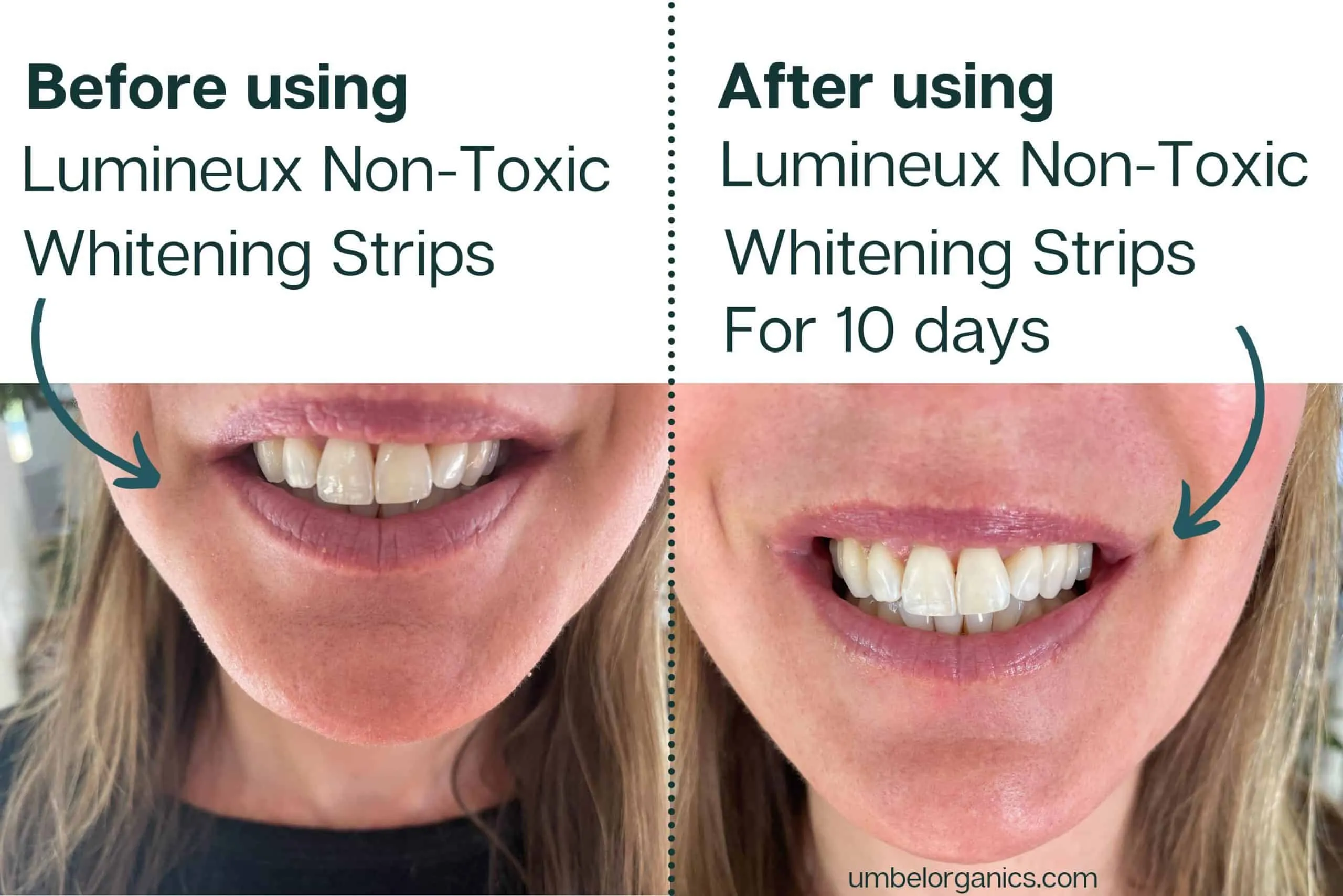
Teeth whitening strips can cause tooth sensitivity and gum irritation, although typically to a lesser extent compared to professional treatments. Some individuals experience a mild burning sensation on the gums. The lower concentration of hydrogen peroxide reduces the likelihood of severe side effects. Overuse of the strips or using them for longer than recommended can increase the risk of sensitivity. If you experience discomfort, stop using the strips and consult the product instructions. Using a desensitizing toothpaste can help alleviate sensitivity. In rare cases, prolonged use of the strips can cause minor enamel erosion. Always follow the product instructions, and if you have any concerns, seek advice from your dentist. Be mindful of your gum health and stop using the strips if any irritation occurs.
Teeth Whitening Light vs Strips Which is Right for You
Choosing between teeth whitening light and strips depends on your individual needs, goals, and preferences. Consider the following factors to make the best decision. If you want the fastest and most dramatic results and you don’t mind the higher cost and dental visit, professional teeth whitening light treatments are the better option. If you prefer a more affordable, convenient, and gradual approach, teeth whitening strips may be ideal. Assess your budget and how much you are willing to spend on the treatment. Determine the level of whitening you want to achieve. If you have sensitive teeth, consider using strips with lower concentrations of bleaching agents. If you have existing dental work, such as fillings or crowns, be aware that whitening treatments won’t change their color. Consult with your dentist to get professional advice and discuss any concerns about the best method for you.
Factors to Consider When Choosing
Several factors should influence your decision. Consider the level of whitening you desire. Professional treatments typically provide the most significant results, whereas strips offer a more subtle effect. Evaluate your budget. Professional treatments are more expensive, while strips are more affordable. Assess your tolerance for potential side effects. Both treatments can cause sensitivity, but professional treatments might have more intense side effects. Determine how much time you are willing to invest. Professional treatments require a dental appointment, while strips can be used at home. Think about your oral health. If you have sensitive teeth, you might prefer strips with lower concentrations of bleaching agents. If you have existing dental work, consult your dentist about how whitening treatments might affect them. Consult with your dentist. Get personalized advice and discuss any concerns before starting any whitening treatment.
Professional vs At-Home Options
Professional teeth whitening, like teeth whitening light treatments, offers significant advantages. Dentists can use higher concentrations of bleaching agents, providing faster and more dramatic results. The treatment is performed under controlled conditions, minimizing the risk of side effects. At-home options, such as teeth whitening strips, are more convenient and affordable. They allow you to whiten your teeth at your own pace, within your own budget. However, they may not provide the same level of whitening as professional treatments. Both options have pros and cons. Professional whitening is the most effective, but it requires a visit to the dentist and is more expensive. At-home options are more convenient and budget-friendly, but may not yield the same results. The best choice depends on your individual needs, preferences, and budget. The best approach often involves a combination of professional and at-home care.
Maintenance and Aftercare
Maintaining your newly whitened smile is crucial for long-term results. After any whitening treatment, be mindful of your diet and lifestyle. Foods and drinks that stain teeth, such as coffee, tea, red wine, and dark-colored sauces, can gradually diminish the whitening effects. Limit your consumption of these items. Practice good oral hygiene, including brushing your teeth twice a day with a whitening toothpaste and flossing daily. Schedule regular dental check-ups and cleanings. Your dentist can provide professional maintenance and recommend products to help maintain your results. Consider using at-home whitening products periodically to touch up your smile. Avoid smoking and tobacco products. Regular maintenance can significantly extend the life of your whitening results and keep your smile bright and healthy. Be sure to ask your dentist for specific advice and tips.
